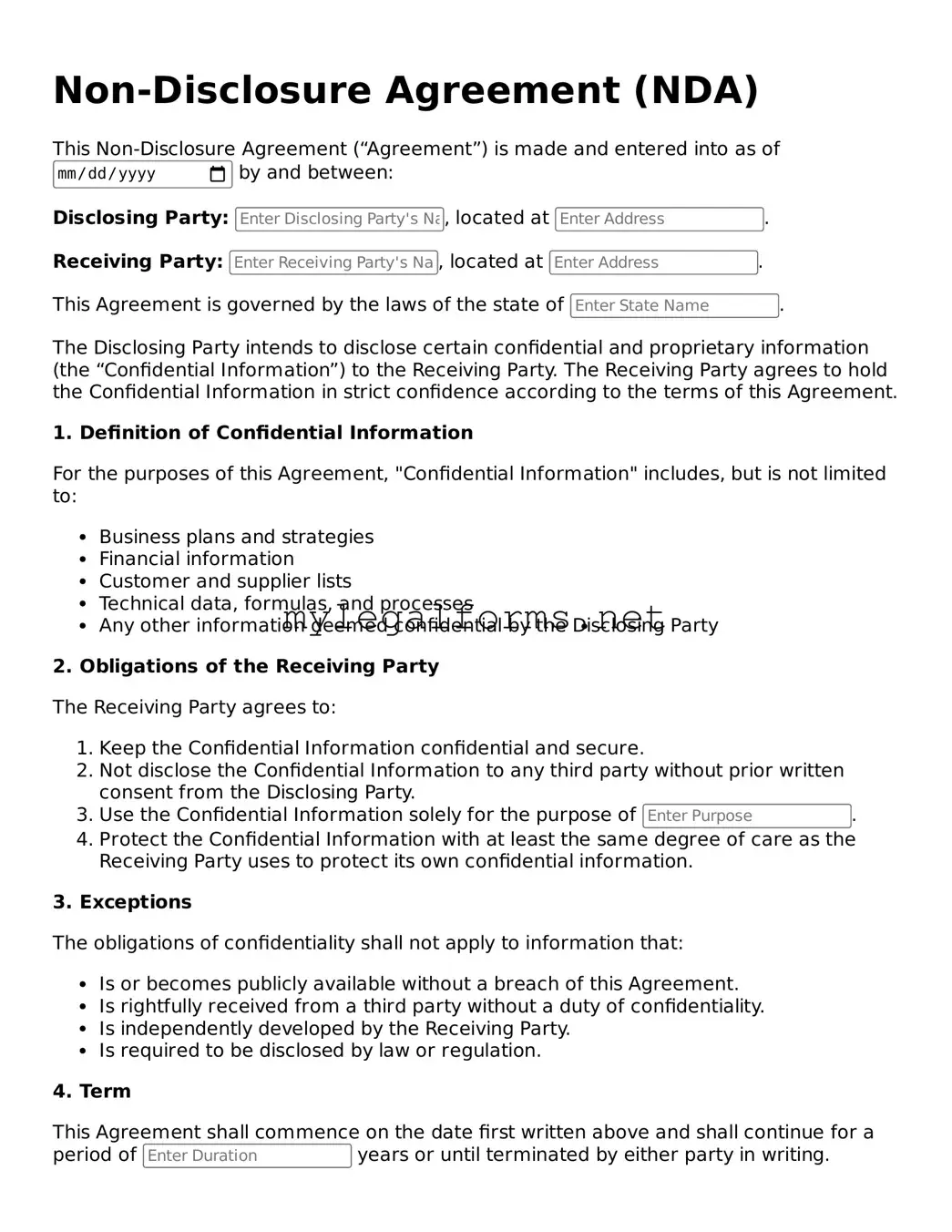Attorney-Approved Non-disclosure Agreement Form
A Non-disclosure Agreement (NDA) is a legal contract that protects confidential information shared between parties. By signing an NDA, individuals or organizations commit to keeping specific information private and not disclosing it to unauthorized third parties. This agreement is essential in various contexts, including business negotiations, partnerships, and employment relationships.
Launch Non-disclosure Agreement Editor
